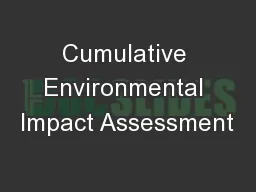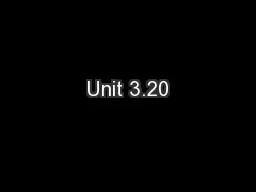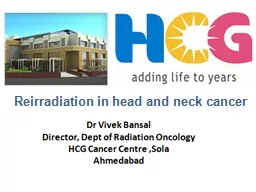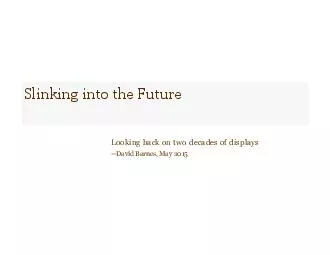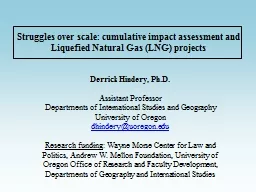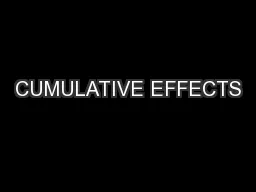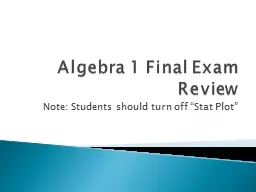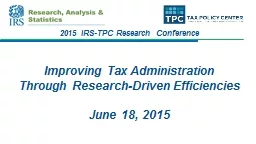PPT-Cumulative final exam review
Author : trish-goza | Published Date : 2018-10-22
8 th grade physical science What is the first step a scientist usually takes to solve a scientific problem Conduct research Form a hypothesis Gather information
Presentation Embed Code
Download Presentation
Download Presentation The PPT/PDF document "Cumulative final exam review" is the property of its rightful owner. Permission is granted to download and print the materials on this website for personal, non-commercial use only, and to display it on your personal computer provided you do not modify the materials and that you retain all copyright notices contained in the materials. By downloading content from our website, you accept the terms of this agreement.
Cumulative final exam review: Transcript
Download Rules Of Document
"Cumulative final exam review"The content belongs to its owner. You may download and print it for personal use, without modification, and keep all copyright notices. By downloading, you agree to these terms.
Related Documents


